Trump moves to impose reciprocal tariffs as soon as April
Published in Political News
WASHINGTON — President Donald Trump ordered his administration to consider imposing reciprocal tariffs on numerous trading partners, raising the prospect of a wider campaign against a global system he complains is tilted against the U.S.
The president on Thursday signed a measure directing the U.S. Trade Representative and Commerce secretary to propose new levies on a country-by-country basis in an effort to rebalance trade relations — a sweeping process that could take weeks or months to complete. Howard Lutnick, Trump’s nominee to lead the Commerce Department, told reporters all studies should be complete by April 1 and that Trump could act immediately afterward.
Fresh import taxes would be customized for each country, meant to offset not just their own levies on U.S. goods but also non-tariff barriers the nations impose in the form of unfair subsidies, regulations, value-added taxes, exchange rates and other factors that act to limit U.S. trade, said a White House official, who briefed reporters before the announcement.
“I’ve decided, for purposes of fairness, that I will charge a reciprocal tariff, meaning whatever countries charge the United States of America,” Trump said in the Oval Office. “In almost all cases, they’re charging us vastly more than we charge them but those days are over.”
Trump told reporters that he would enact import taxes on cars, semiconductors and pharmaceuticals “over and above” the reciprocal tariffs at a later date.
The text of Trump’s directive on tariffs was not immediately provided by the White House. Trump cited barriers in the European Union, including a VAT, as an example of what the U.S. is looking to respond to, while the official said Trump has also singled out Japan and South Korea as nations that he believes are taking advantage of the U.S., and thus could be targeted in his latest push.
Reciprocal tariffs would amount to Trump’s broadest action to address U.S. trade deficits and what he characterizes as unfair treatment of American exports around the globe. Trump has already imposed 10% tariffs on Chinese goods and plans to slap 25% duties on all U.S. steel and aluminum imports next month.
Yet the president’s decision not to implement tariffs right away could be seen as an opening bid for negotiation — following the same strategy he’s already used to extract concessions from Mexico, Canada and Colombia — rather than a sign he’s committed to following through.
The president is hoping to have a discussion with other nations about how existing policies have created an imbalanced trade environment, the official said, and he’s more than happy to lower tariffs if countries want to pare their levies or remove other trade barriers.
“It’s a two way street,” Lutnick told reporters Thursday after Trump signed the directive.
But Trump said he did not expect to issue exemptions or waivers. He noted that despite giving Apple Inc. a pass on tariffs he imposed on China during his first term in order to compete with Samsung Electronics Co. Ltd., this tariff package “applies to everybody across the board.”
Whatever happens, Trump’s brinkmanship has injected uncertainty into the global economy, with businesses and consumers waiting to see how Trump proceeds on decision that could disrupt the U.S.’s trade relationships with the rest of the world.
Reciprocal tariffs are expected to hit hard in less-developed economies where average duties on U.S. products are higher, according to Bloomberg Economics. It differs from a universal levy on all imports, as Trump proposed during the 2024 presidential campaign. The official said Trump could divert back to a global tariff strategy later on.
Trump announced his move just hours before he was set to host Indian Prime Minister Narendra Modi, whose country stands to be affected by reciprocal tariffs more than many other major trading partners. Trump has repeatedly criticized India’s its high tariff barriers.
The breadth of Trump’s envisioned tariff plan is breathtaking. It’s also potentially a massive logistical undertaking for government workers at Commerce and USTR. Trump’s action opens the door for them to develop country-by-country analyses and calculations for nearly 200 other nations, each with their own tariff schedules containing thousands of tariff codes. And that’s not to mention the challenge of calculating a value for other nations’ regulations, fiscal policies and subsidy programs.
Trump has taken repeated aim at the E.U.’s 15% VAT. Japan also has a VAT, known as a consumption tax.
Sea change
Trump and his advisers have long argued that U.S. goods face higher tariffs and other trade barriers overseas than other countries’ products do when they come into the U.S. With this move, his goal is to raise U.S. barriers to match those of other countries he says have taken advantage of the U.S.
If it’s carried out, that marks a sea change in how the U.S. approaches trade and one of the fundamental tenets of the global trading system that the U.S. shaped after the Second World War.
As the world’s largest economy, the U.S. has long dangled access to its market as an incentive and seen openness as an economic advantage. It also advocated for what is known as the “most favored nation” approach to tariffs that had guided global trading rules since the 1940s. It holds that all countries should treat trading partners equally and give them the same access as their most-favored ones other than in cases where special free-trade agreements have been signed.
Trump blames U.S. bilateral trade deficits on unfair trade practices, bad deals negotiated by his predecessors or a combination of both. He’s been especially critical of the E.U. and what he sees as the unfair treatment of American-made products, especially automobiles and agricultural commodities.
Most economists argue that trade deficits are the product of forces far stronger than mismatched tariffs — they also reflect broader macroeconomic factors such as the consumption of American households relative to those elsewhere, the U.S. dollar’s reserve currency status and the appetite globally for U.S. assets.
--------
With assistance from Shawn Donnan.
©2025 Bloomberg L.P. Visit bloomberg.com. Distributed by Tribune Content Agency, LLC.
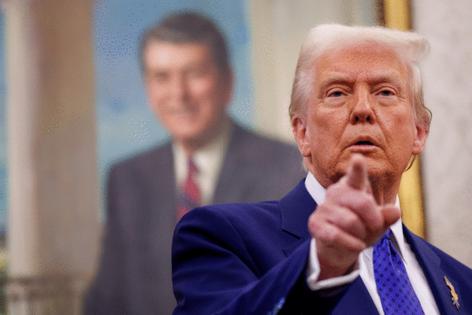


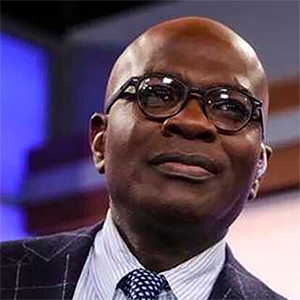





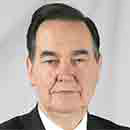

















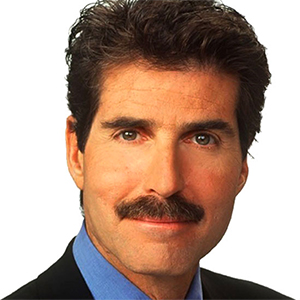

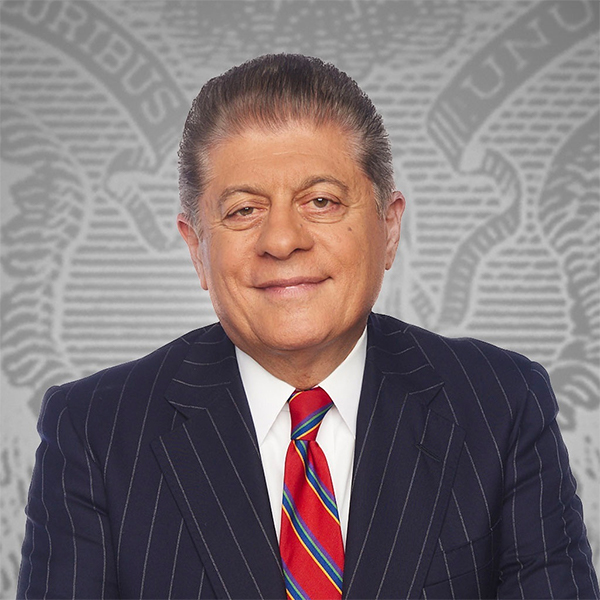



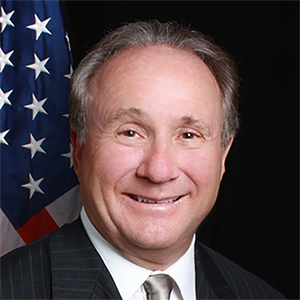

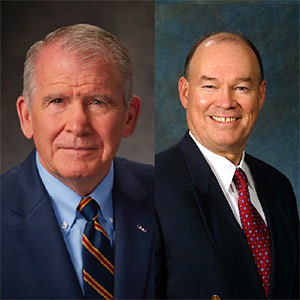





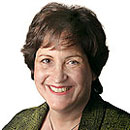











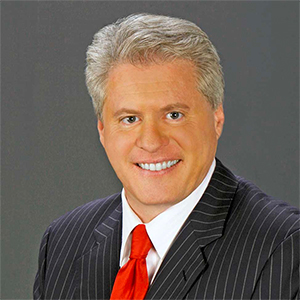
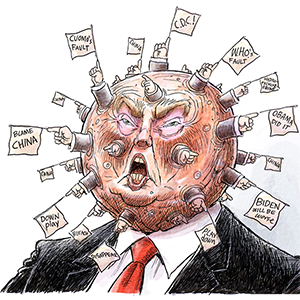


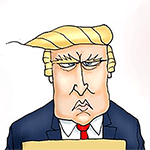


Comments